The brown recluse spider bite does not cause any pain or visible bite mark in the first few minutes or hours of getting bitten, leaving the person completely unaware of it. The Brown Recluse spider seldom transmits venom through its bite and when it does the amount is usually small. Even so, the bite of a brown recluse spider can cause severe skin lesions and symptoms. The bite can even be potentially life-threatening to persons with compromised immunity or possess hypersensitivity to spider bites.
People should not underestimate a brown recluse spider bite because it comes from one of the dangerous spider species. Whether or not there is venom involved in the bite, the victim should visit the doctor right away. First aid treatment should be applied at home to relieve some pain or swelling as well as prevent secondary infections or complications from happening.
What does a Brown Recluse Spider look like?
As the name suggests, the brown recluse spider is a brown spider with violin markings on its back. It could also come in different hues of brown, from light tan to deep yellow and sometimes gray. This spider could grow from 6 to 20 millimeters or even longer. They hunt their food at night, leaving their webs behind. But the female brown recluse spider doesn’t usually go far to search for food to keep an eye of her web.
A brown recluse spider bite is usually acquired when people break into the spiders’ dwelling place and accidentally press on them. Biting is their means of defending themselves and therefore does this when they feel provoked or threatened. These spiders love to stay in dry, hot and undisturbed areas like garages, basements, closets, at the back of picture frames, dressers, bed sheets and even piles of clothes. A lot of them can be found on the southern Midwestern part of USA.
How does a Brown Recluse Spider bite differ from other spider bites?
The bite from a brown recluse spider does not initially cause so much pain and so the victim may not notice it at first. However, he or she may feel the effects of the spider bite 2 to 8 hours after getting bitten when the mark appears and additional symptoms surface, such as:
- Mild to severe itchiness and pain on the bite site
- Redness and blistering of the bite mark
- Open sores on the bite site after one week
A Brown recluse spider bite may or may not contain venom. The bite is particularly worrisome if it has venom and the victim is hypersensitive to it or has compromised immunity. His or her body may react severely to the venom causing rapid annihilation of red blood cells thus leading to anemia. This can also be accompanied by fever, chills, nausea, vomiting, joint pain and rashes throughout the body.
What are the different stages of a Brown Recluse Spider bite?
The bite of a brown recluse spider comes in different stages. These stages summarize the progress made by the venom after being injected into the body through the bite.
-
Stage 1
The venom inflicted by the brown recluse spider is starting to destroy the tissues which stimulate an immune response to isolate the venom. The victim can feel intense pain and itchiness on the bitten area and notice some inflammation or blistering. Abscesses sometimes form in some individuals.
-
Stage 2
The venom now targets the red blood cells and prevents them from supplying oxygen to the skin by destroying them. The destruction of red blood cells causes the skin on the affected area to become grayish while the bite mark appears as a tiny red spot at the center.
-
Stage 3
The venom has travelled all the way to the bloodstream and affects the entire body causing fever, chills, dizziness, nausea and vomiting. Skin rashes, usually in the form of tiny red dots, appear all over the body.
Once the venom reaches the bloodstream, systemic activities are severely affected which can lead to life-threatening conditions like seizures, kidney failure and even coma. That is why it is very important to act promptly before the condition gets worse.
What should be done when bitten by a Brown Recluse Spider?
The following tips can be very useful in helping someone who had been bitten by a brown recluse spider:
- Encourage the victim to stay calm to prevent the venom from quickly spreading all over the body.
- Wash the affected skin with soap and water to prevent secondary infection.
- Apply cold compress on the affected area to help reduce swelling.
- Catch and safely keep the spider in a container or jar for confirmation purposes.
- Call the doctor or bring the victim to the nearest hospital.
Severe cases of brown recluse spider bite happen to children and elderly individuals. They should be particularly warned about this to spare them from becoming victims. The wound from the bite may heal after 6 to 8 weeks of treatment.
Brown Recluse Spider Bite – Pictures
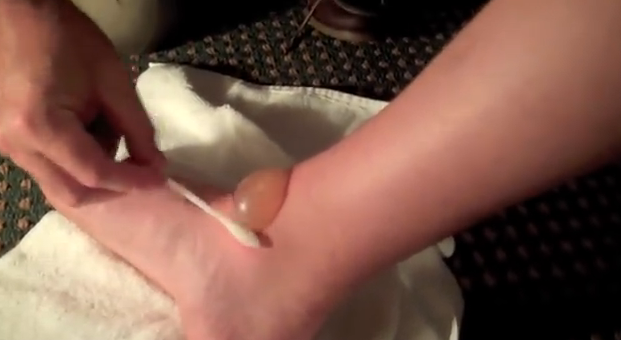
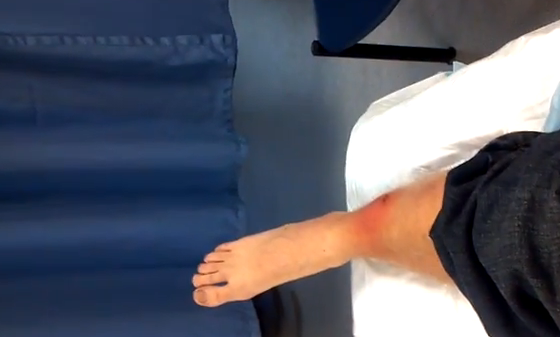

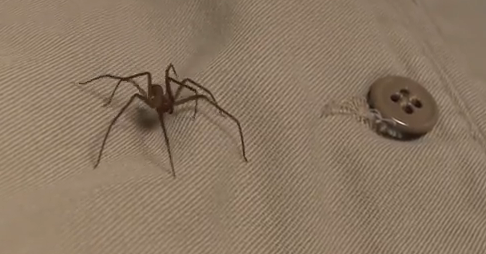
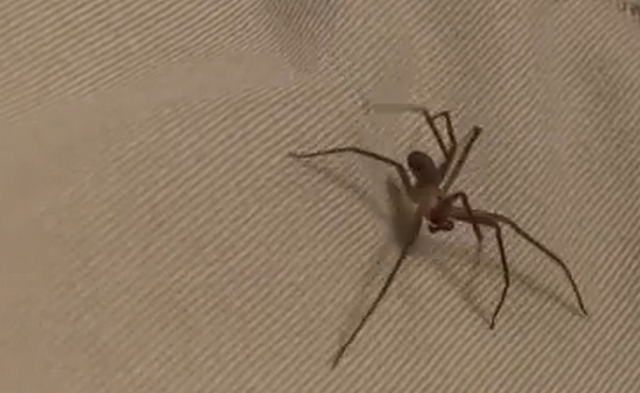
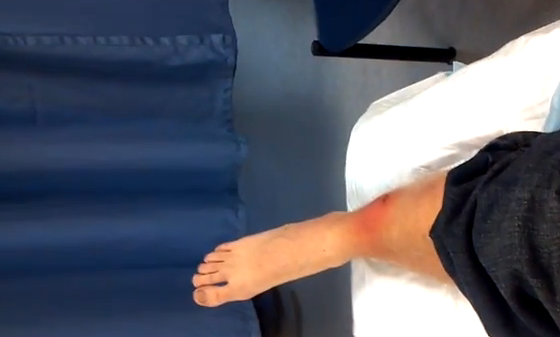
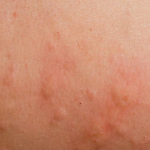
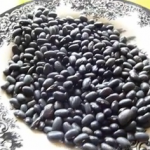
I’m in Australia And I’m sure we dont have the brown recluse spider here. Ive been bitten by something,Ithought white tip spider but what I’ve read about them really doesn’t match my symptoms. The site began with a terrible burning sensation followed by a blister. When I propped the blister the fluid was quite sticky like honey.